Broadly speaking, our Acoustic Consultancy services cover two main areas - Sound Insulation and Internal Acoustic Treatment. These two areas are quite distinct, though often confused.
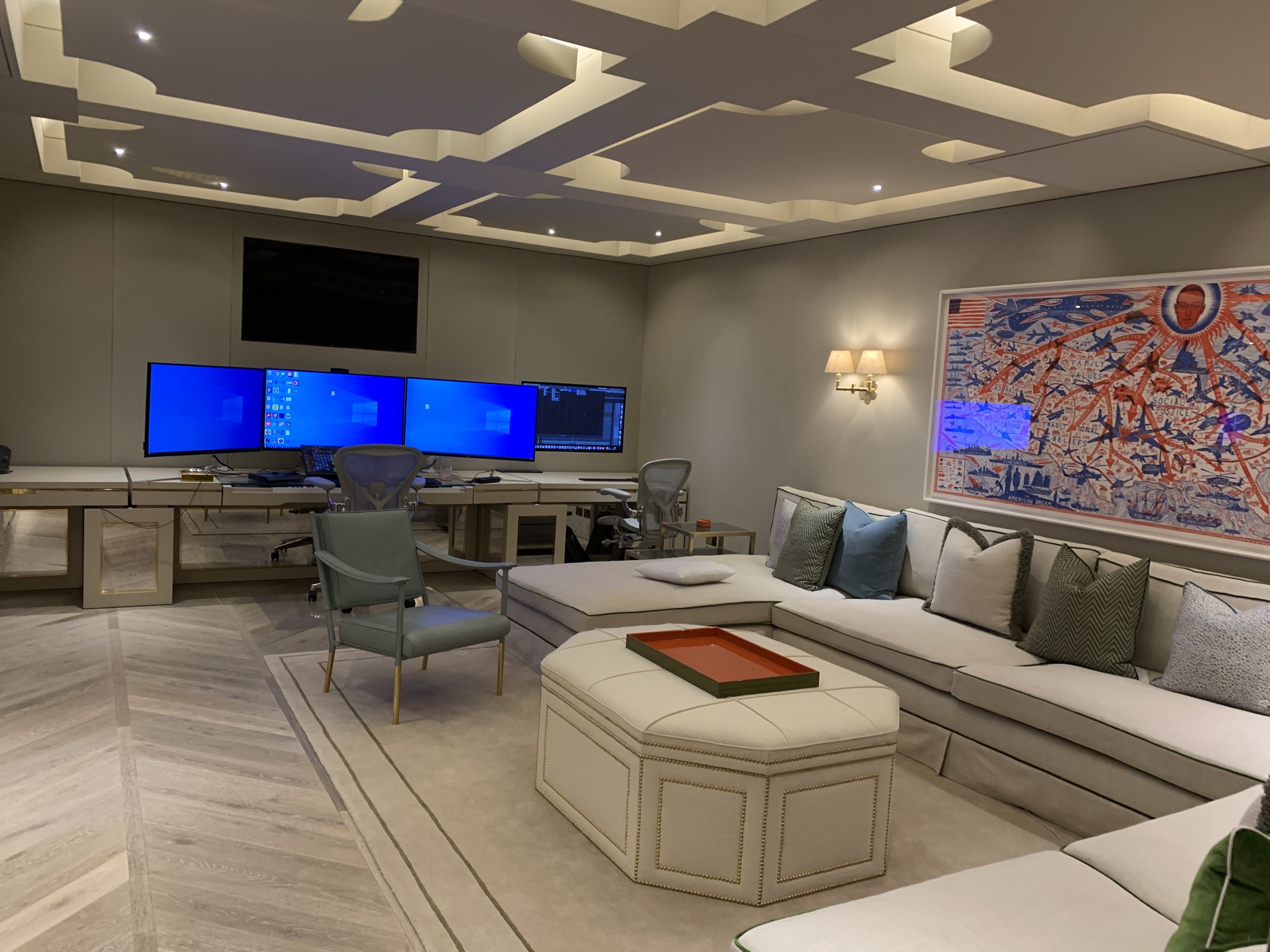

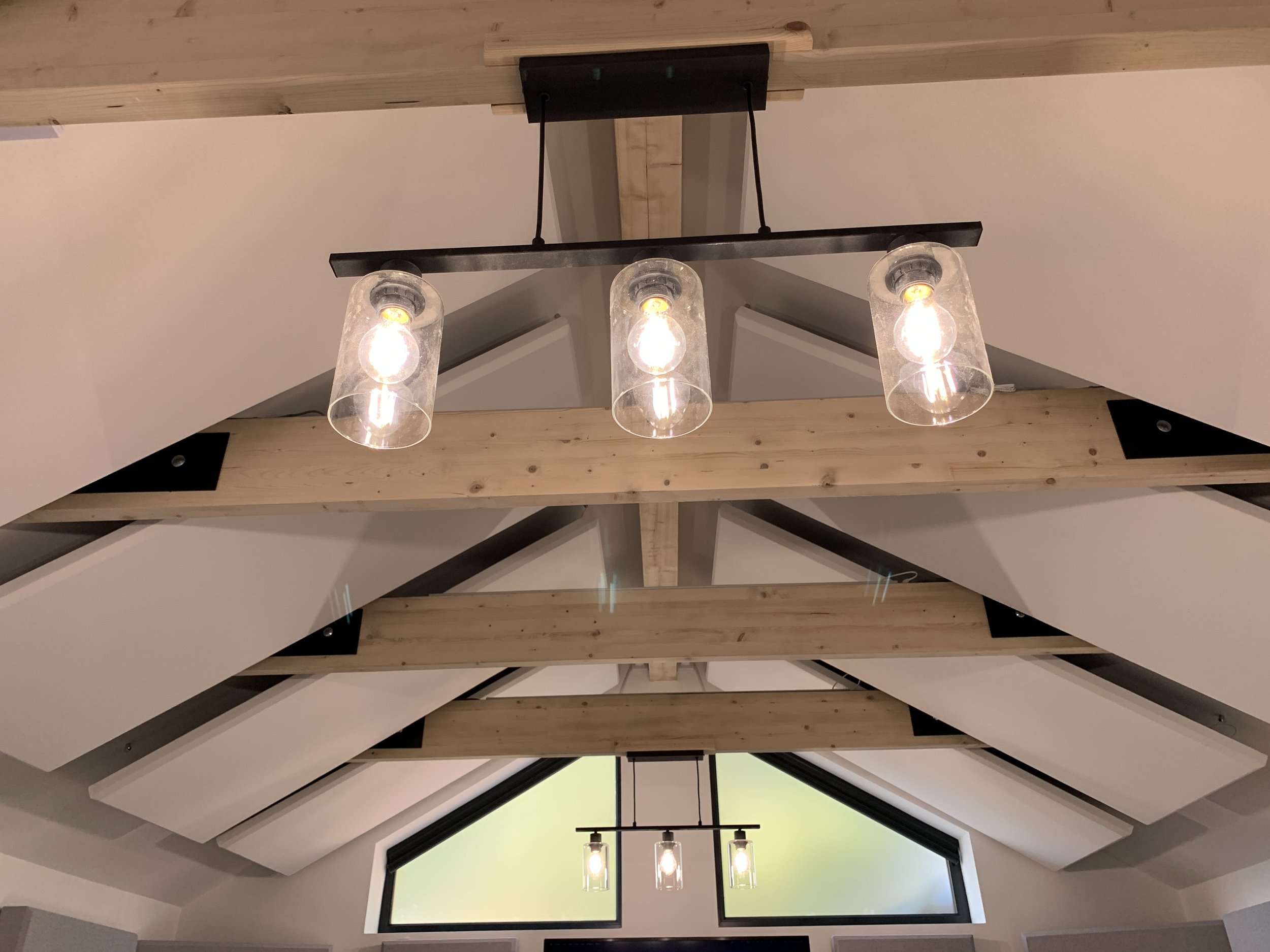

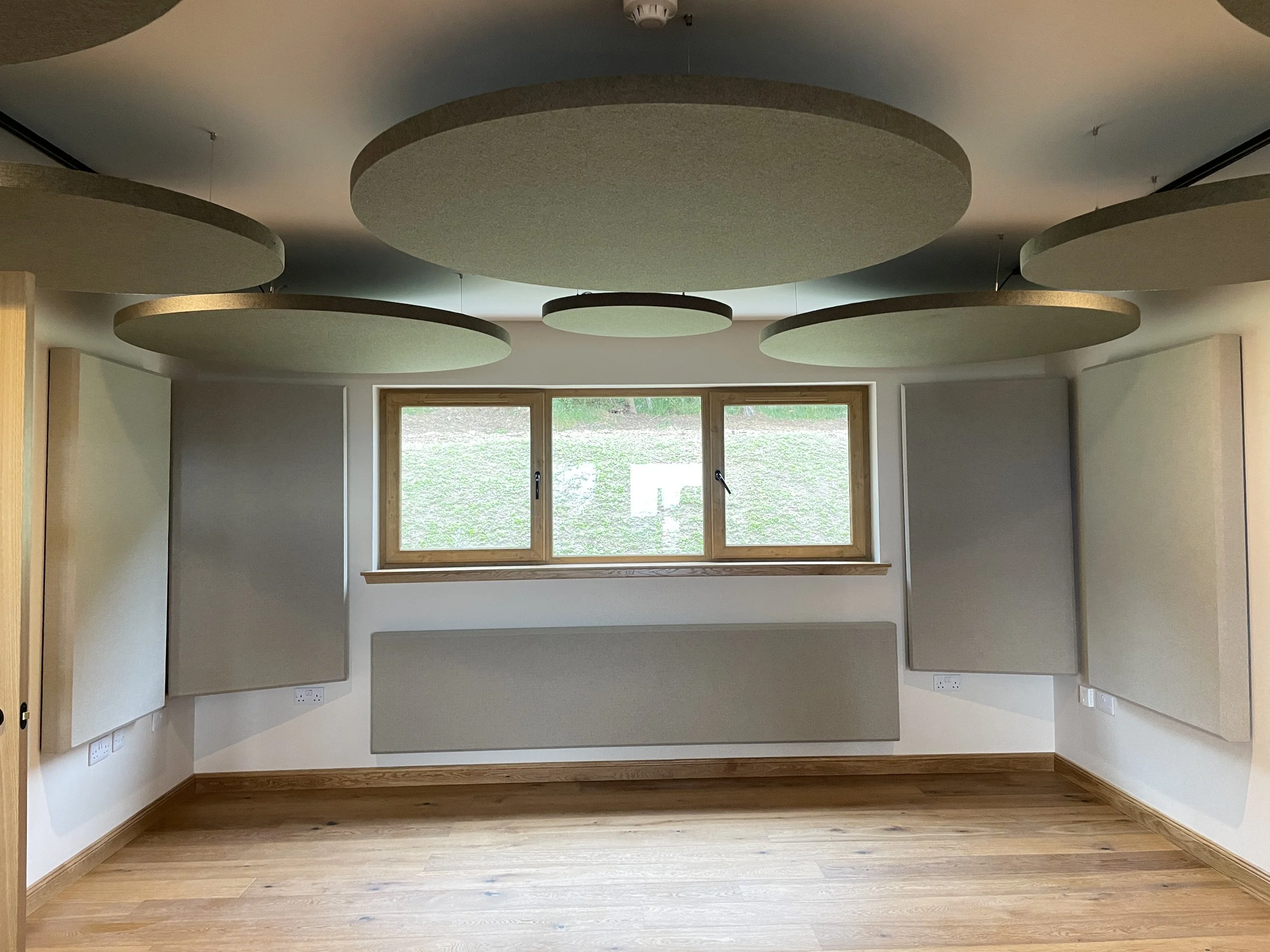
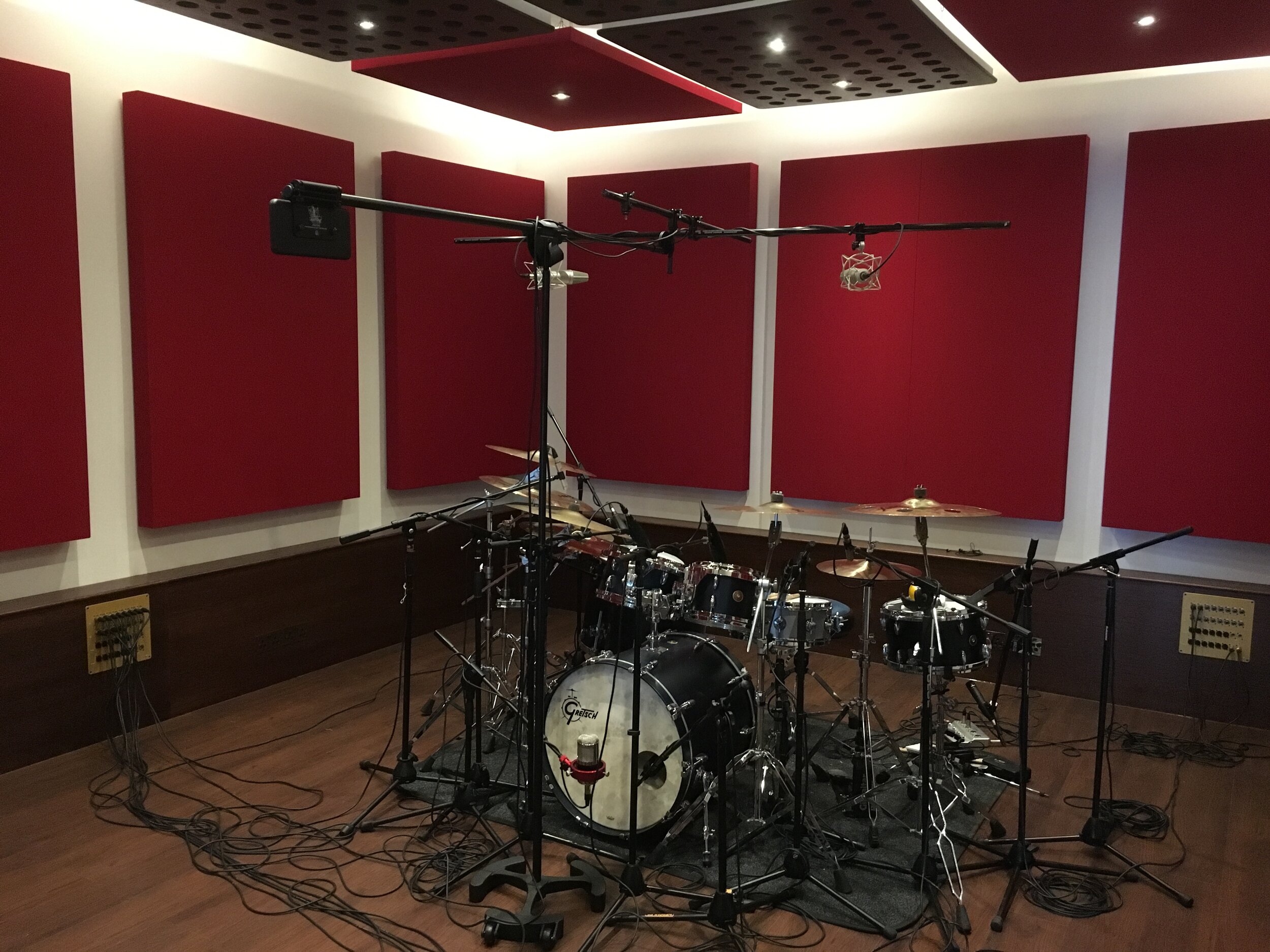
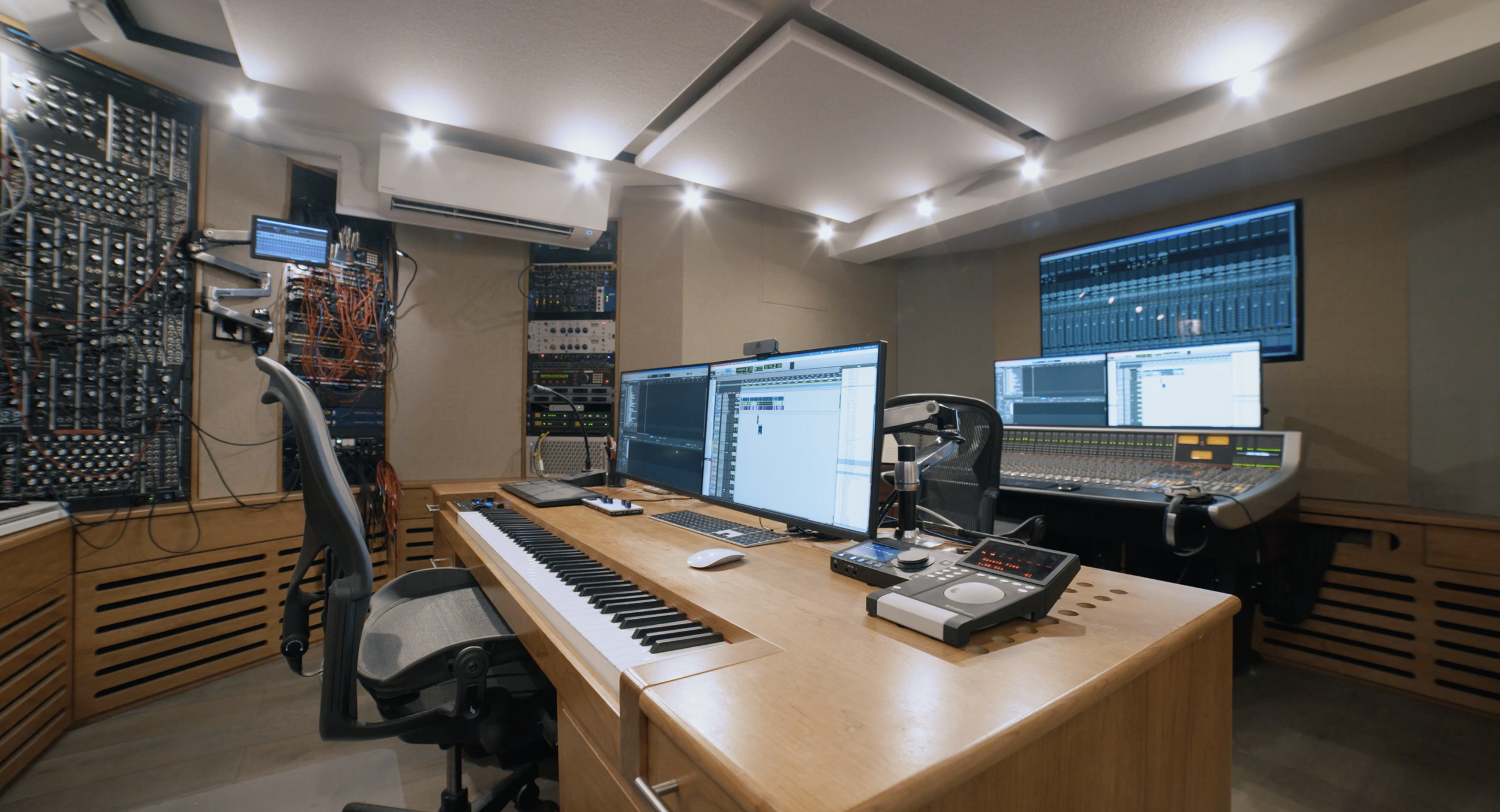

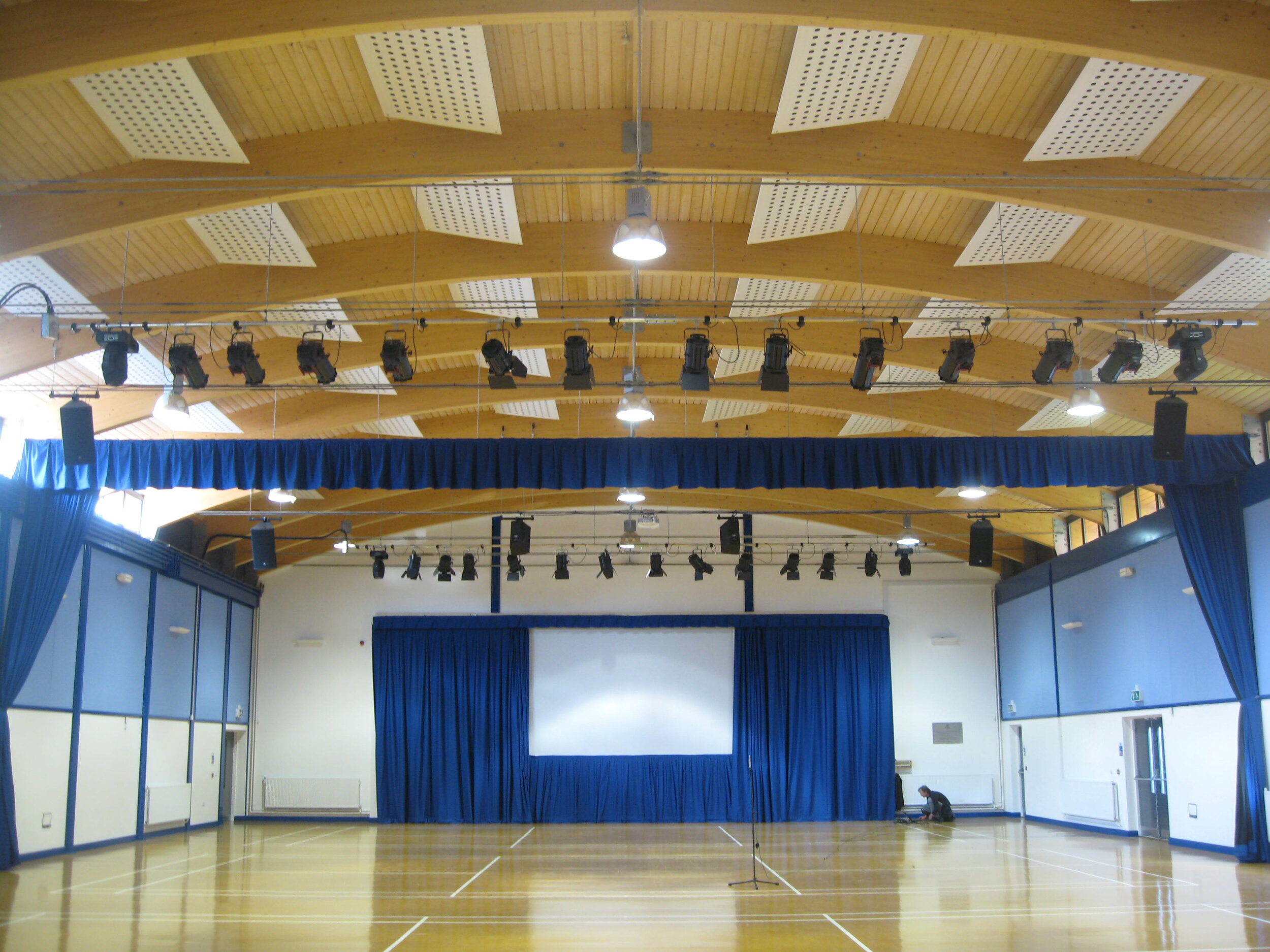

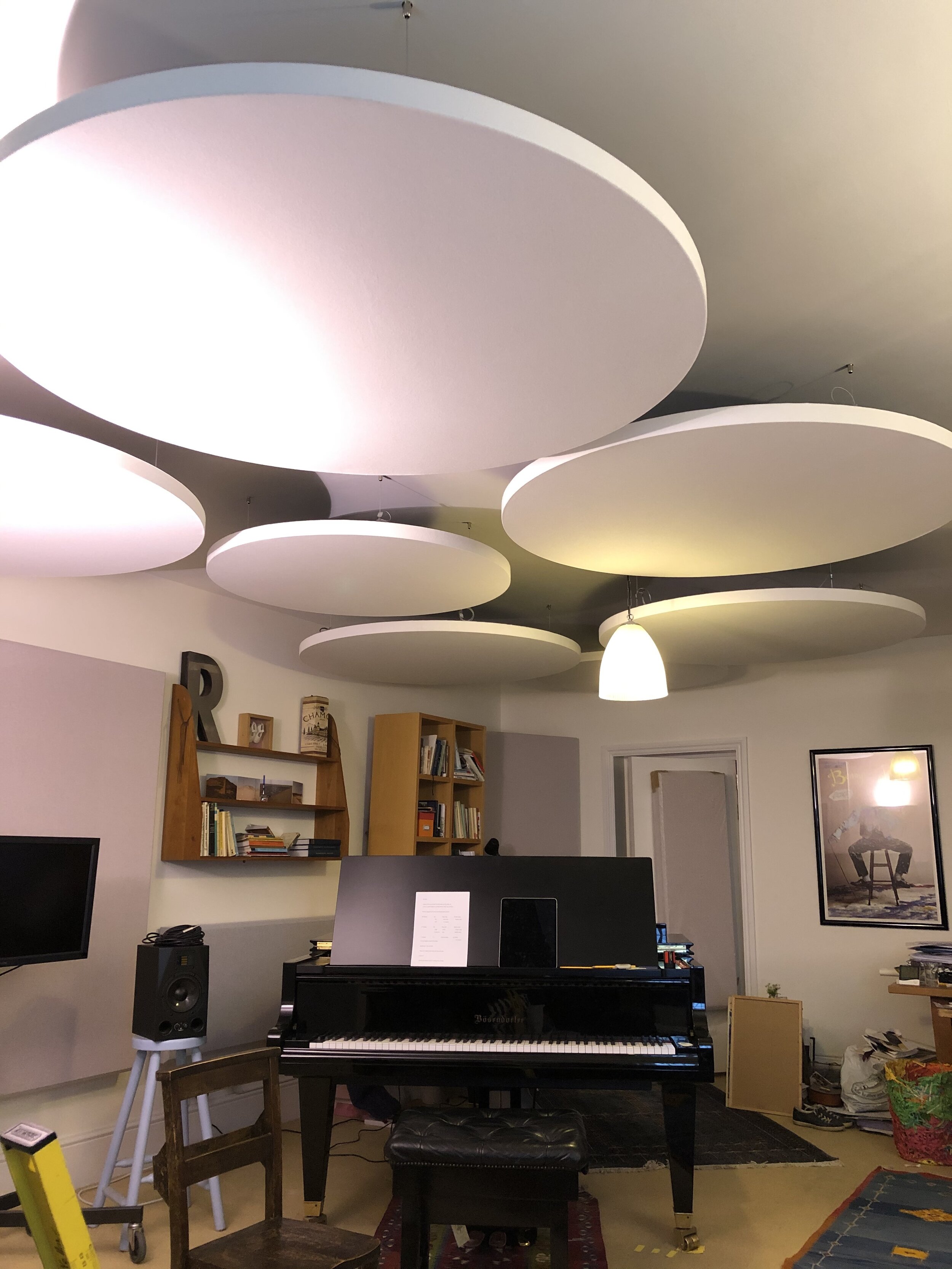
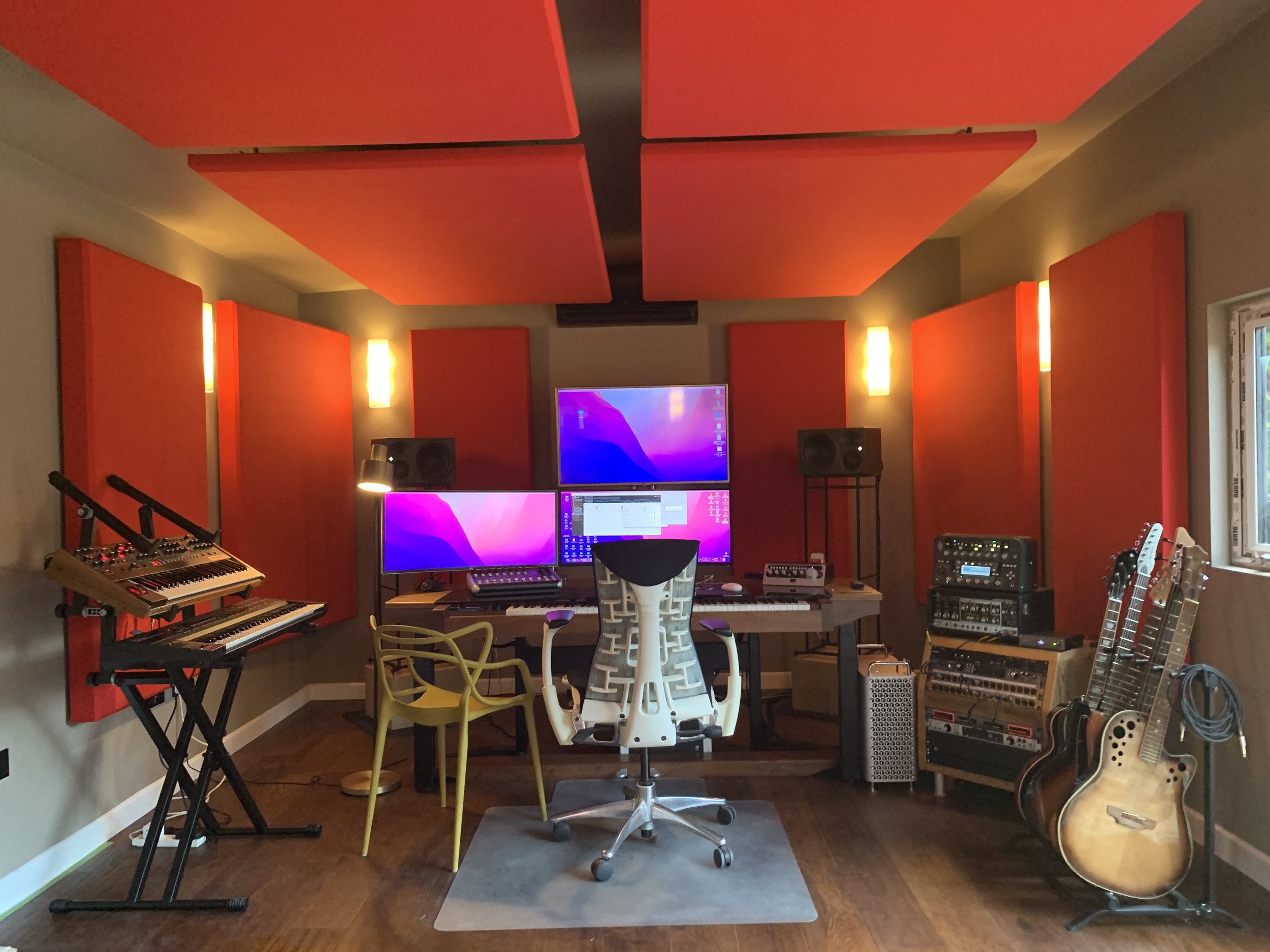
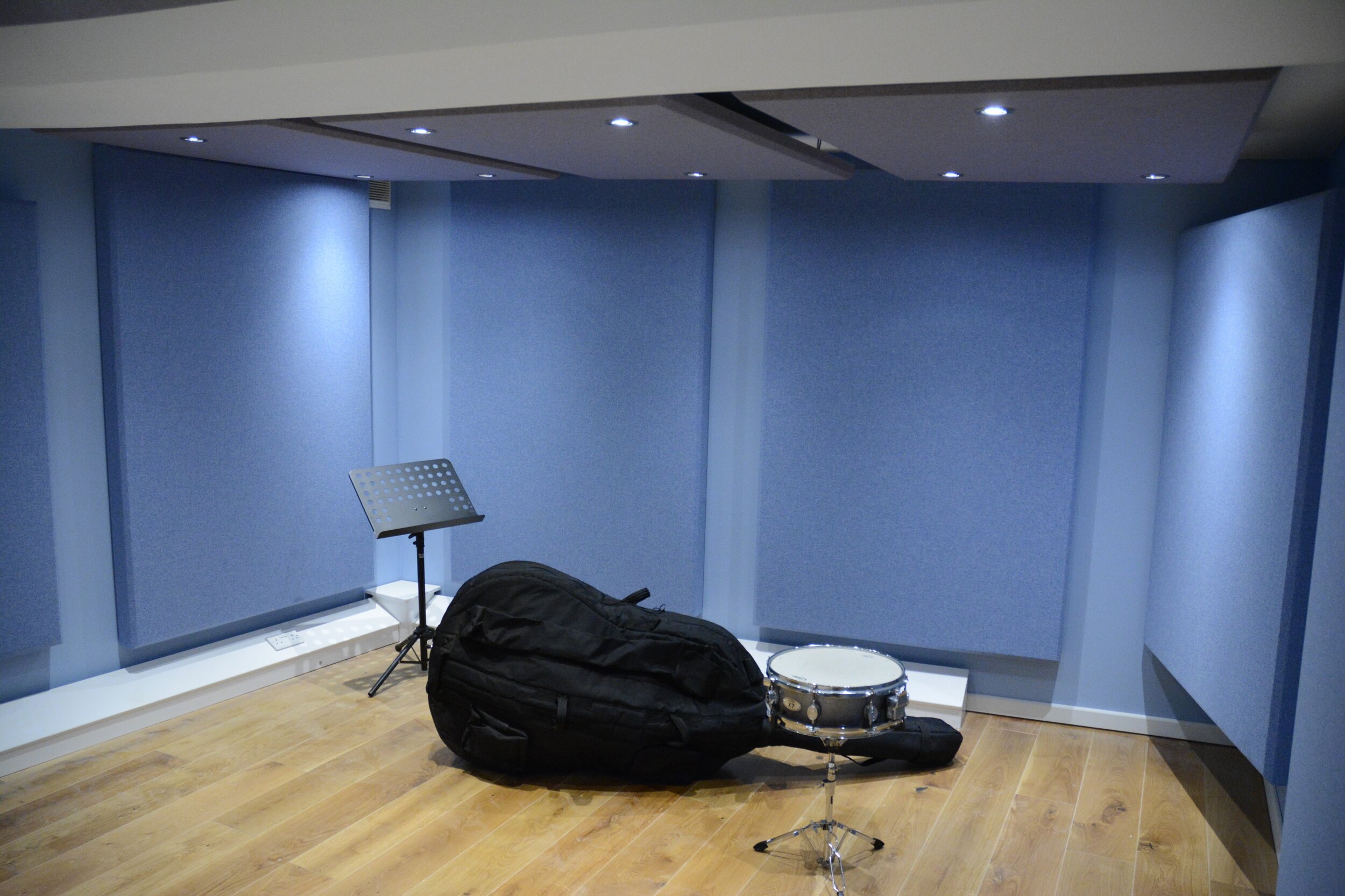
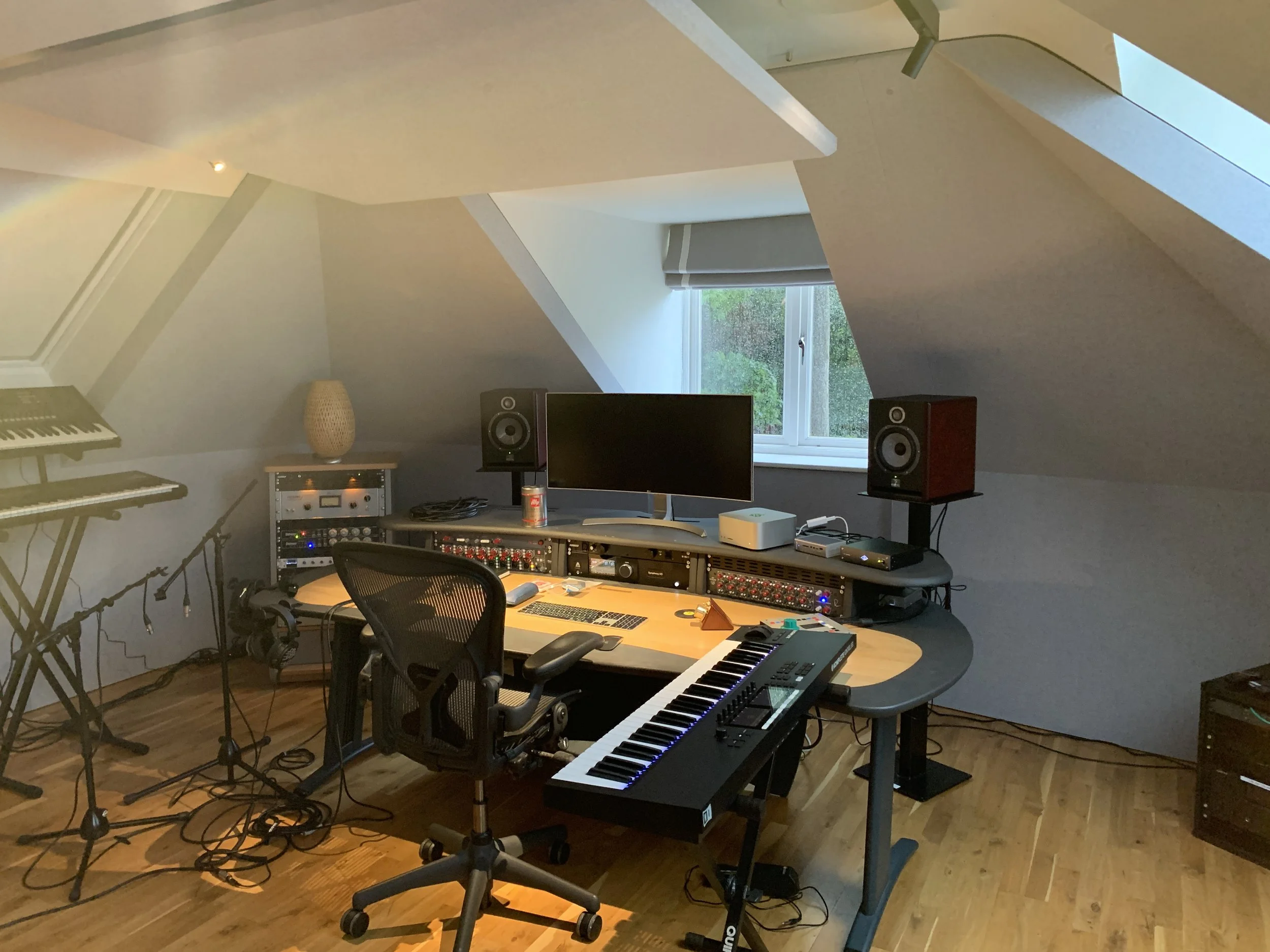

Sound Insulation
Probably the better understood of the two areas, sound insulation is normally concerned with keeping noise out or in or both. Typically required for production studios or performance areas, sound insulation is also the more difficult and expensive of the two areas.
There are different levels of sound insulation provided by different materials and techniques. Sound can be transferred through materials and through the air and, in attempting to make a room “soundproof”, it is normally necessary to employ numerous techniques to avoid sound transfer through the structure of a building and through air movement.
It is frequently the case that the degree of sound insulation is limited by the space available. The more effective the sound insulation, the more space it tends to require. Our consultation services therefore focus on a pragmatic approach to the requirements:-
Is absolute silence absolutely necessary?
Can work be programmed such that neighbour interference is not an issue?
What degree of insulation is actually necessary to circumvent the issue?
The techniques and materials required to insulate low-level monitoring are considerably less extensive than those required to insulate a professional drummer!
Internal Acoustic TreatmenT
Internal acoustic treatment is directed at the control of acoustics within a given environment, generally to provide improved intelligibility and/or perceived sound quality. Most rooms are not designed with a view to how they will sound and, as a result, are less than ideal for many intended purposes.
Acoustic treatment can benefit numerous individuals and organisations:-
Of course, recording studios have critical acoustic treatment requirements. Both in the recording room, where you are looking to ensure an acceptable recorded sound for whatever it is you’re recording; and in the control room, where you need to know that what you’re listening to is an accurate representation of what the ultimate audience will hear;
In any listening environment, the reproduction equipment is only as good as the environment in which it operates. If you have expensive loudspeakers, you probably want to make the most of them, in which case the acoustic environment is critical;
Meeting rooms and open-plan offices often benefit from acoustic treatment. With the rise in audio and video conferencing, it is often forgotten that the sound you transmit will be affected by the acoustic environment, no matter how much you spend on the technology;
Multi-purpose halls are very common, particularly in education, where you might expect to use the same space for playing badminton, holding an examination or putting on a concert. All these functions have differing acoustic requirements.
We install many different types of acoustic treatment, depending on the requirement. Probably the most popular solution is a panel-based system, where multiple treatment panels of different types and thicknesses are positioned around walls and hung from ceilings in order to produce the required acoustic environment. These are normally fabric-covered and can be supplied in a wide range of colours or printed with your chosen graphic images. We can also provide stretched fabric systems, where acoustic treatment is hidden behind a stretched fabric wall and ceiling.
It often surprises clients that we rarely carry out acoustic analysis prior to installing acoustic treatment. The reason is that we can accurately predict the problems that will present themselves through investigating the room’s dimensions and construction. Analysis is sometimes carried out following the installation of treatment, if a higher degree of control is required or there is a particular residual issue that needs resolving.
More recently we have begun to employ Digital Signal Processing (DSP) as part of an overall acoustic control solution. Whilst we don’t advocate such systems as alternatives to physical treatment, they can often provide the last piece of the jigsaw when physical treatment has done all it can do, particularly in problematic rooms.

